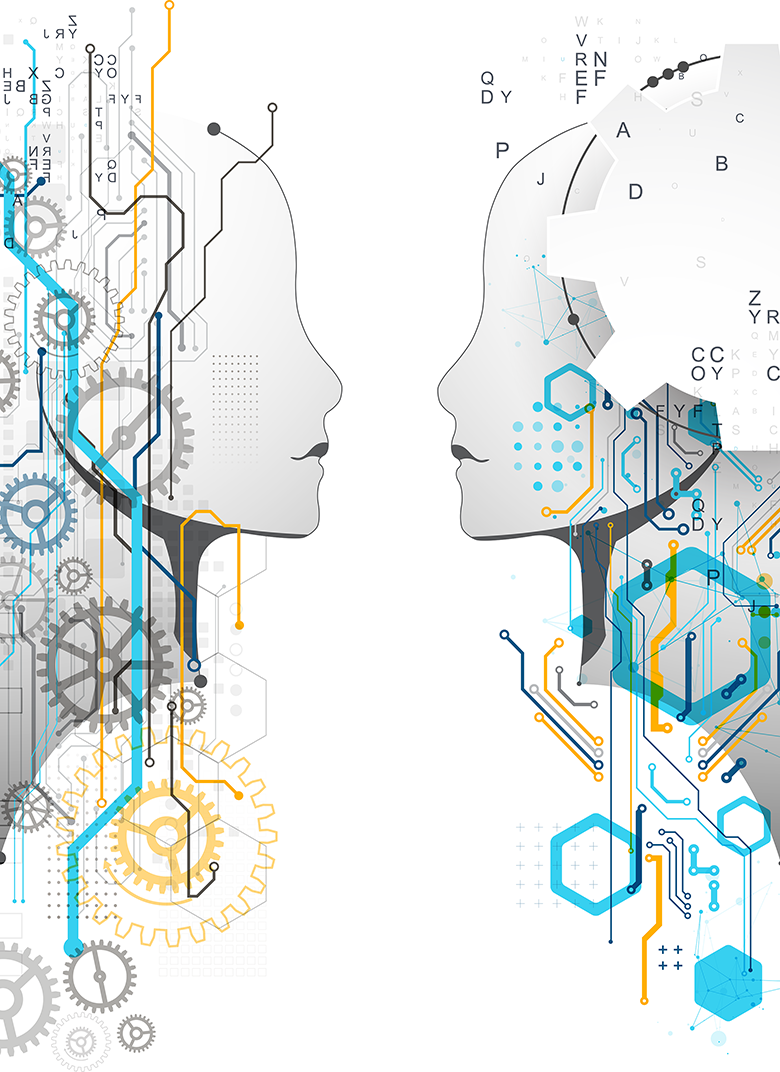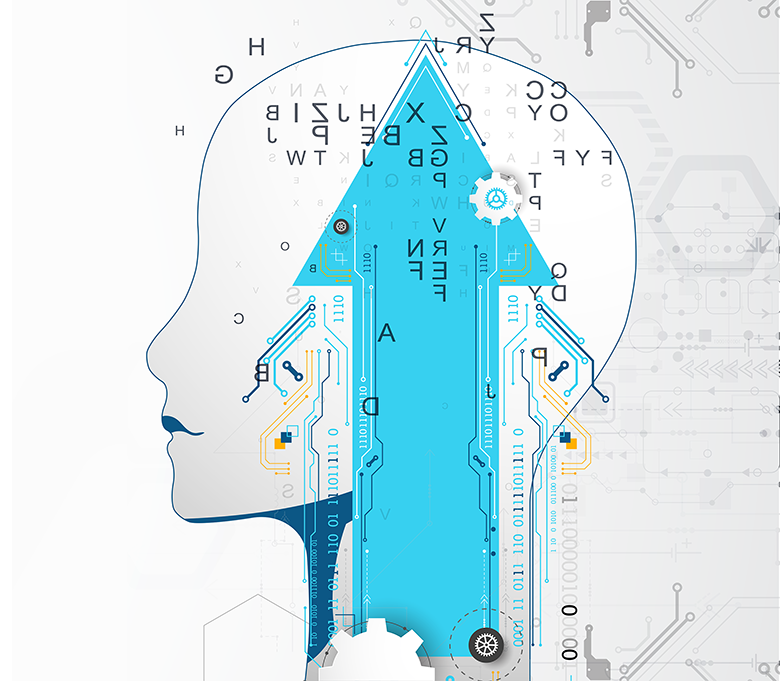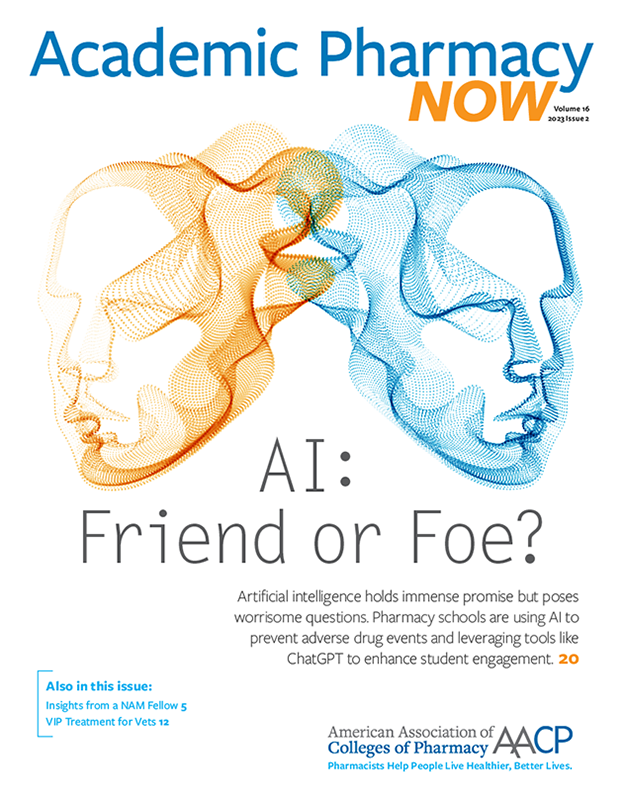A Tool to Guide Clinical Decisions
Each year in the United States, 1.5 million patients admitted to the intensive care unit (ICU) experience a serious adverse drug event (ADE). The related healthcare costs to treat such ADEs exceeds $1 billion. Dr. Andrea Sikora, clinical associate professor at the University of Georgia College of Pharmacy and critical care pharmacist at Augusta University Medical Center, has found that patients in the ICU suffer three times more ADEs than other patients because of their complex, high-risk drug regimens. When critical care pharmacists are part of the ICU team, pharmacists make preventative medication interventions, reducing ADEs by 70 percent.
The problem remains that critical care pharmacists are busy, often responsible for too many patients, making it hard to perform such timely interventions. Wanting to help patients and pharmacists, Sikora turned to AI. In 2016, she developed a clinician-friendly IT tool, called the Medication Regimen Complexity-Intensive Care Unit (MRC-ICU) Scoring Tool. Essentially, the tool adds up the medications on a patient’s chart, giving the patient a score (similar to a Body Mass Index (BMI) score) and that AI-informed score makes a prediction, alerting a pharmacist to prevent an ADE before it happens.
“With every decision in the ICU, there’s a reason we are doing it and there’s a risk associated with it,” Sikora said. “You are weighing risks and benefits. We hope that AI-based tools like this can give you more nuanced information…and that might sway your decision as a clinician because you have more patient-specific data.”
When Sikora first started playing with the MRC-ICU scoring tool, she used traditional statistical methodology. She saw some good things, but nothing great. Then someone approached her at a meeting and asked, ‘Have you ever thought about using machine learning for this?’ She hadn’t, and she wasn’t even sure what machine learning meant. “That’s the beauty of attending national conferences,” she quipped.
What struck her about machine learning was not just its ability to deal with so many data points, but its capacity to deal with nonlinear relationships and nonmonotone patterns that are more difficult to model using traditional logistic regression to predict disease outcomes. “That sounded very much like the problem we were facing,” Sikora said. “ICU data is very heterogeneous, very complex, and there are lots of different factors put into any situation. Looking at the preliminary data, my team and I thought, ‘Wow. We think this is going to work,’ and that was really exciting.”
Sikora defines AI as the science and engineering of creating intelligent machines that can achieve goals like a human, whereas machine learning is a computer’s ability to learn without being explicitly programmed. Using the analogy of a traffic light, Sikora said, “You tell a computer, ‘Every time the light is green, cars go,’ but machine learning watches the traffic light and after a while, it determines, ‘it seems like cars stop on red and go on green,’ so it’s able to infer the pattern on its own.”
Sikora and her team have been trying to predict which patients are most at risk for fluid overload so pharmacists can give them diuretics, concentrate their medications or offer other interventions. When they did traditional logistic modeling and ran logistic regression, the team found a decent way to predict fluid overload but it had nothing to do with medications. “It was weird to us that drugs were not significant predictors of fluid overload, because fluids come from drugs,” she noted. But when they ran their machine learning analysis, it created better prediction algorithms. When they looked at the feature importance graph, which tells you what was important to the algorithm, medications were at the top.

The idea behind the MRC-ICU score was that it did not have to deal with severity of illness but rather the medication regimen complexity of the patient, which Sikora thought was a more meaningful metric for what a pharmacist actually does. In order to apply that metric to predict and prevent ADEs, however, she needed machine learning because it can handle nonmonotone patterns. “The hypothesis that we are working with is that medications are independent risk factors for disease but they are often not included in prediction algorithms, and that doesn’t necessarily make sense,” she explained. “We are basically ignoring this entire wealth of relevant information when we are trying to make decisions, but the problem today has been that medications are messy. It’s not just the drug, it’s the dose, route, frequency and so many other elements, and that’s really difficult for traditional modeling to be able to handle, whereas machine learning is far better able to handle that. So that’s the thing we are exploring.”
Sikora received a $1.86 million grant from the Agency for Healthcare Research and Quality (AHRQ) last August, complementing an earlier AHRQ grant of $296,000 to pursue her research on how AI may guide pharmacists to provide better care. Her vision would be for AI tools to give clinicians more detailed information on the risks and benefits of the decisions they are making. “I see it as clinical decision support, but it’s more like it’s giving you relevant, real-time predictions,” Sikora said. ‘That is what is most exciting about the work that we are doing.”
Sikora can imagine AI helping pharmacists with workflow, improving inventory management, maybe even filling prescriptions. She does not see these tasks as replacing the pharmacist, but freeing up the pharmacist to spend less time on physical labor and more on cognitive skills: ‘Do I agree with this medication?’ ‘Have I talked with the patient?’ ‘Have I helped them strategize how to take their medications?’



